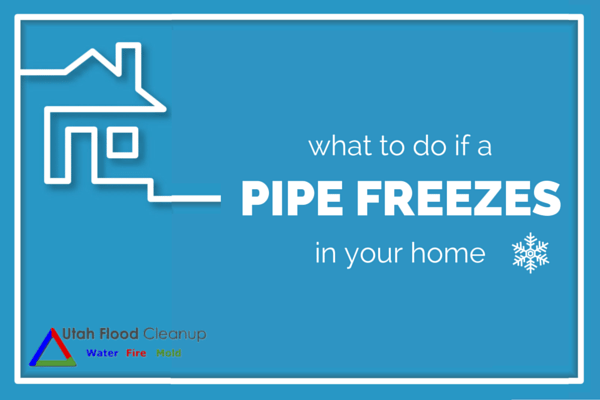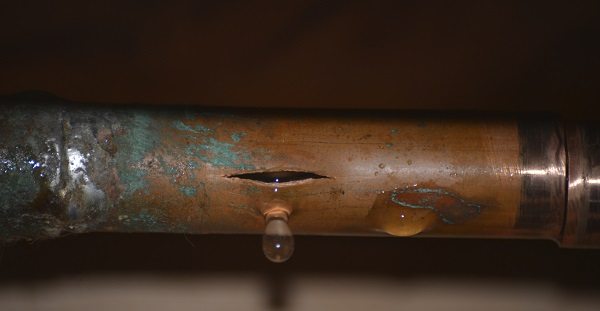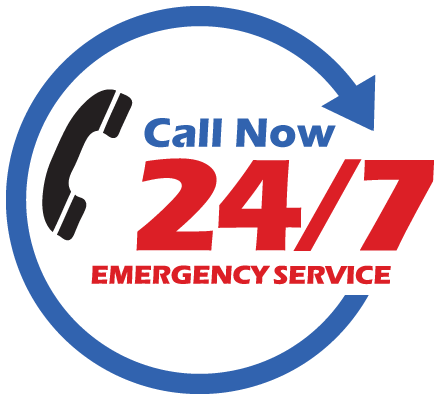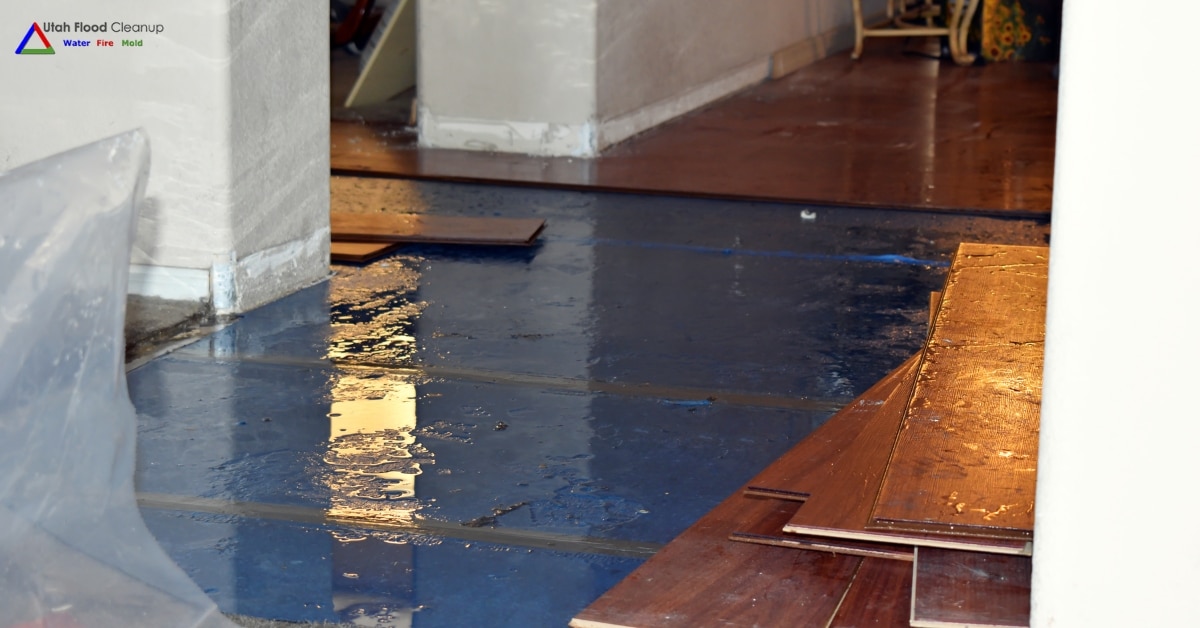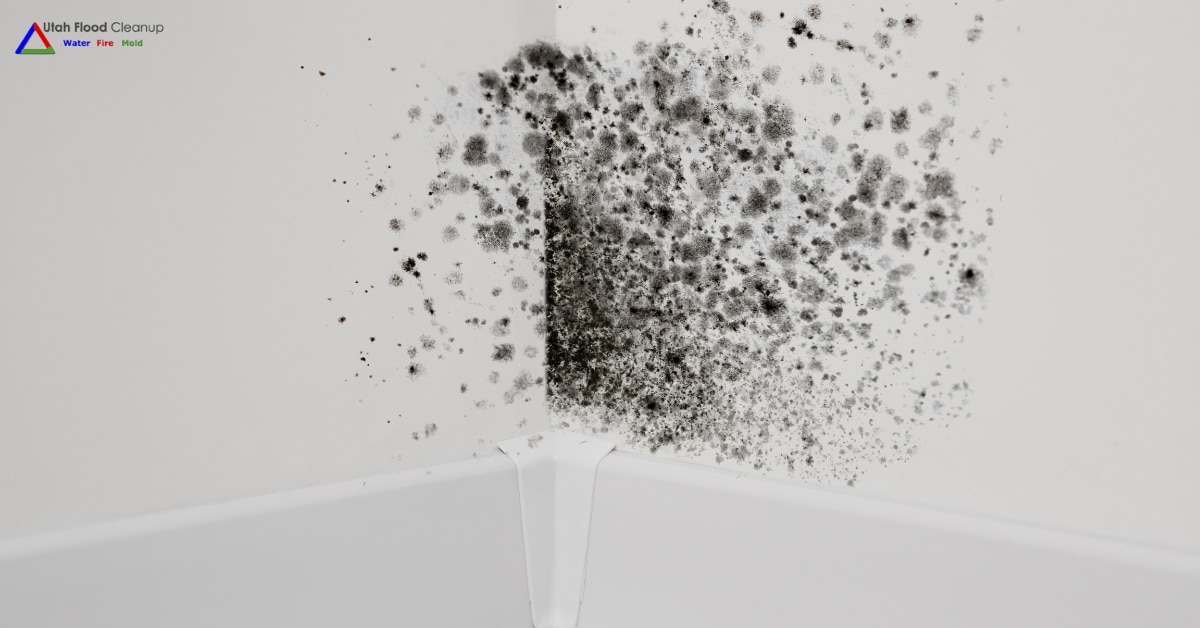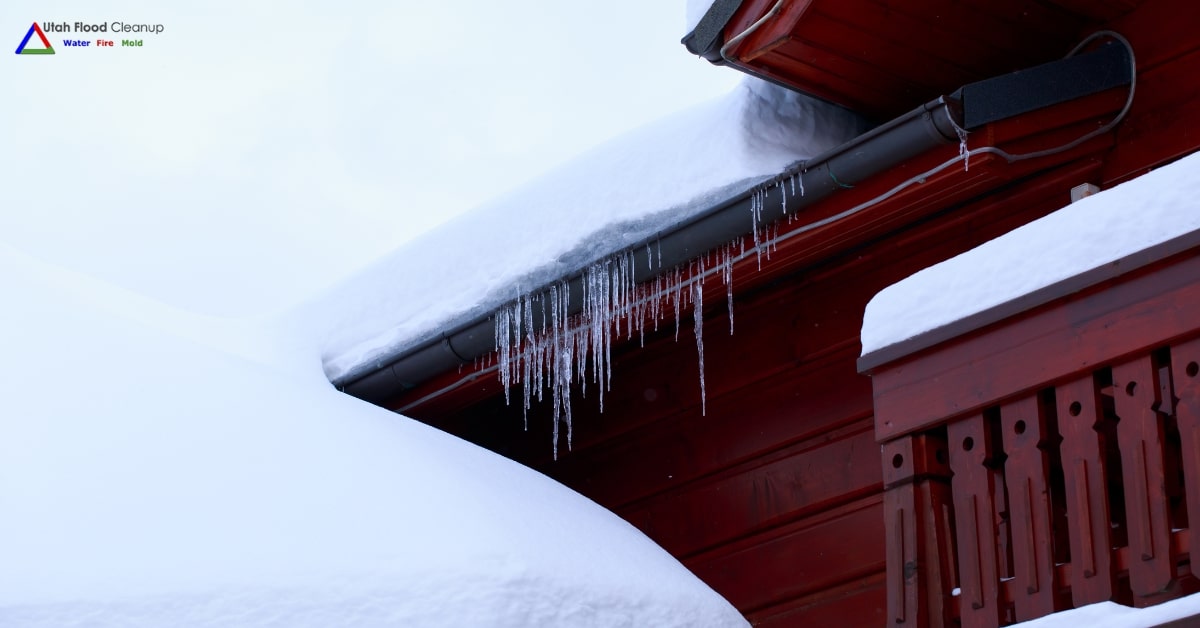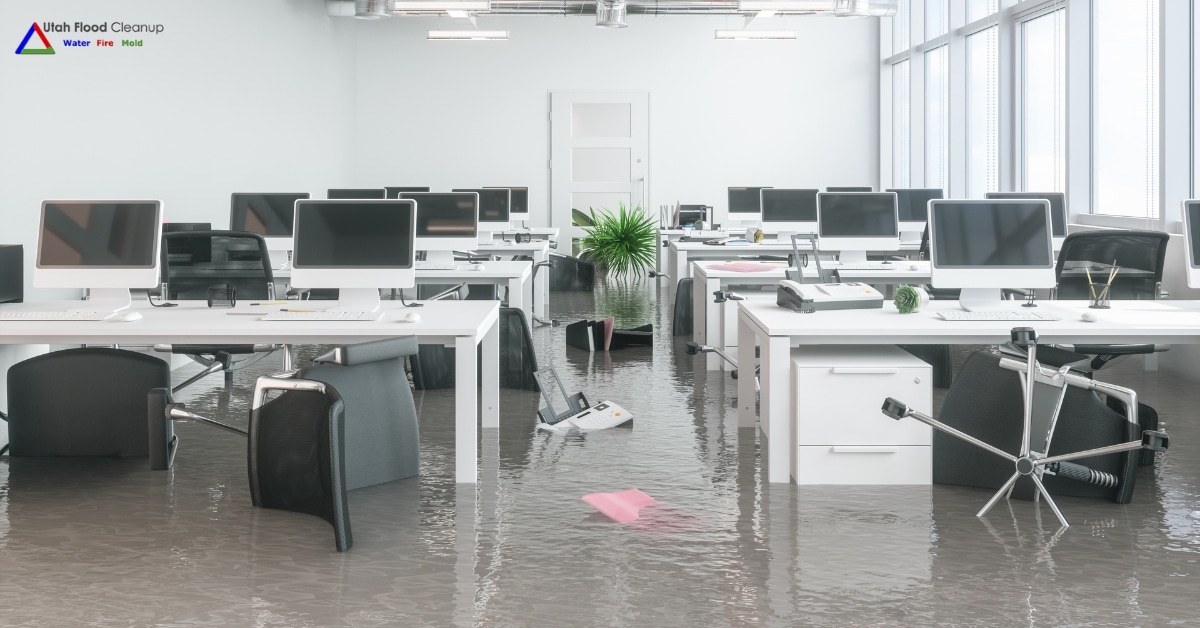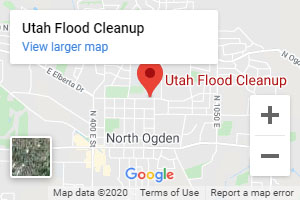One of the biggest issues plaguing homeowners who reside in colder climates, such as Utah, is having your pipes freeze in your home can be a very difficult disaster to manage. A problem that can spawn a laundry list of other issues, learning how to prevent and manage freezing pipes is essential knowledge for every homeowner.
How Do You Know If Your Pipes Are Frozen?
Although it may not be immediately obvious, you can tell if your pipes are frozen in the following ways:
- No running water- This seems to be a no-brainer, but many don't immediately recognize this as a sign of frozen pipes. If your water is not running at all, you may have an issue with frozen pipes.
- Frost on the pipe- If the pipes are visible and have frost on them, there is likely an issue with overly cold water or frozen pipes.
What to Do Next
The first thing you'll want to do is turn off the main water valve. Most shut-off valves are somewhere in the basement, be sure to find out this information early on as when disaster strikes, you have very little time to shut off the valve.
Check to See If Pipes Are Leaking
Next, you'll need to check to see if any of the pipes are leaking. This can be done by listening for dripping, examining the basement, garage, and other crawl spaces to see if there is either ice or water dripping from any of the pipes. You can also check outdoor fixtures by holding a paper towel under them to check for moisture. This step is imperative, as trying to thaw frozen pipes that have sprung a leak, will cause insurmountable damage to your home.
Thaw Frozen Pipes
Luckily, with a bit of patience, you can thaw your own pipes, free of charge, in one of the following ways:
- Use hot rags - Wrap these rags around the pipe until they cool, then replace them with newly warmed rags. This process takes some time, but you will start to realize results if you simply stick with it.
- Use a heating pad - Use a water-resistant heating pad. By wrapping this around the pipe on the lowest setting and checking approximately every 15-20 minutes to ensure the pipe is beginning to unfreeze, you will slowly begin to thaw out your pipes.
- Use a space heater – You can use a small space heater to help thaw pipes by positioning the heater NEAR the frozen pipes; the heater should not be so close to your pipes that it is touching them. You also want to make sure to keep the heater away from any melting water.
- It is NEVER recommended to use an open flame on your home’s plumbing; not only do you risk damaging your pipes, but it is also a fire hazard.
Turn the Water Back On
Once the pipe has been thawed, you may turn the water back on. Although this is a simple process, be sure to do so with the help of someone else as it helps to have someone around to alert you of dripping or bursting pipes.
Is the Water Flowing?
If you discover that a pipe has burst, immediately turn off the main valve and open only the lowest hot/ cold faucets in your home. This will help drain the water and keep flooding at bay while you call a professional.
How to Prevent this from Happening Again
Now that you've fixed your frozen pipe issue, use the following tips to avoid this problem in the future.
- Seal all areas where cold air could come in contact with piping
- Install pipe insulation or electric pipe heat tape
- In extreme weather, turn off the main valve and have a professional plumber drain your system entirely. Pipes without water in them can't freeze.
Call us now at (801) 416-2666 and receive a FREE phone consultation and FREE inspection for insurance-covered water damage incidents.
